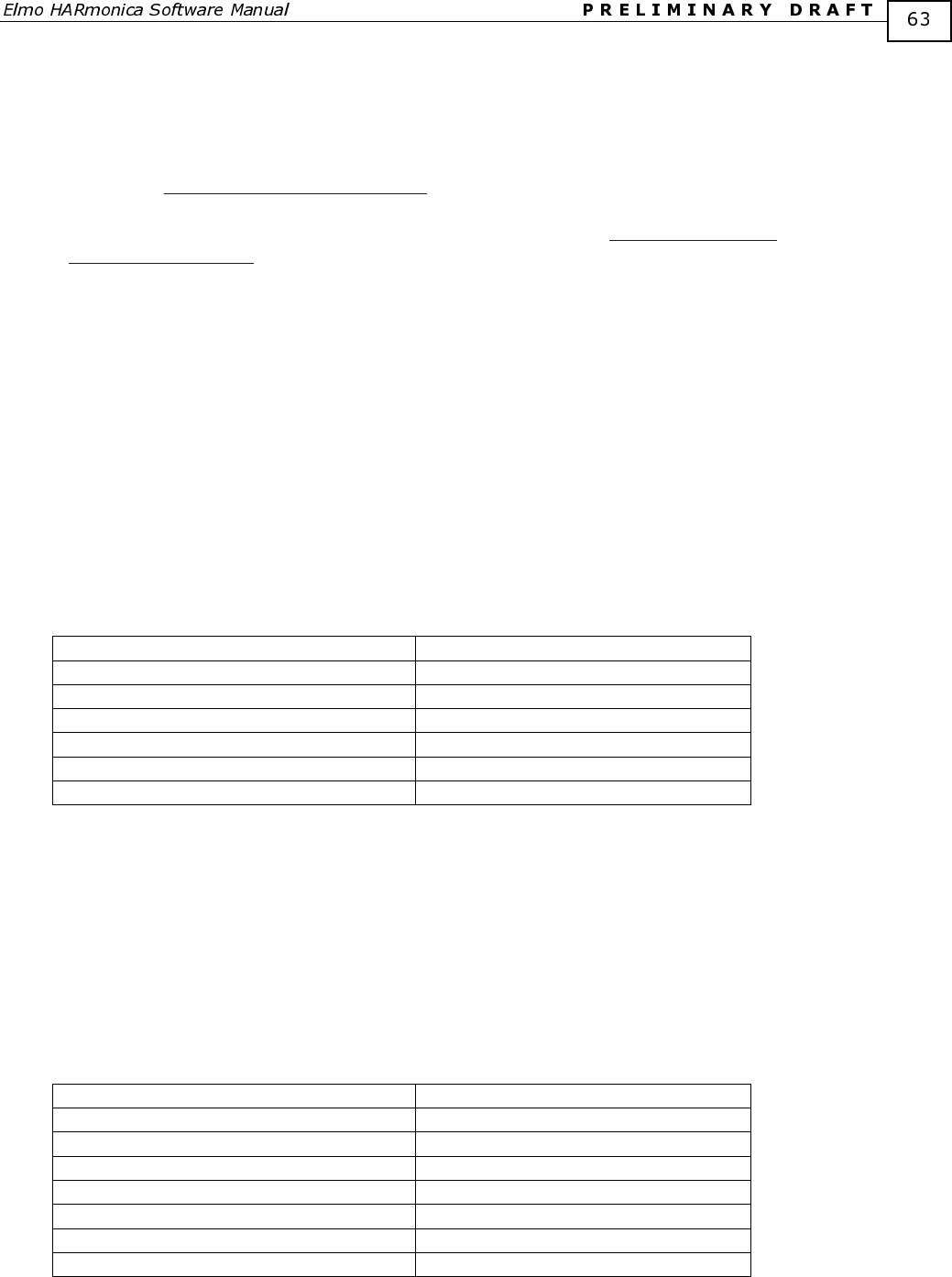
HARSFEN0602
6.4.1 Initiating a Program
A program is initiated by the XQ command. The XQ command states at which label the
execution shall start.
The XQ command resets all the program variables. In particular, it clears the call stack (refer
the chapter the Functions and the Call Stack
), it kills any pending automatic routines, and it
clears the interrupt mask.
The description and syntax of the XQ command see at the chapter Debugging: running,
breaking and resuming
6.4.2 Halting and resuming a program
A program may be halted using the HP Interpreter command.
The HP command stops the execution of the user program and the automatic routines. The HP command
freezes the status of the program, and does not reset it.
A later XC command will resume the program from the instruction where the program was halted. Pending
interrupts will remain pending.
The command XC restarts execution from the point where the program has been halted.
Example:
Consider the program
MO=1; **Start motor
JV=2000; **Set jog speed
##LOOP; **Repetitive task
BG;
wait(1000) **Wait & switch direction
JV=-JV;
goto##LOOP; **Repeat
This program makes the motor travel at 2000 counts/sec for one second, then reverses the direction for one
second, continuing to travel back and forth forever.
Suppose the HP command is applied when the program waits (executing the wait(1000) instruction). The
motor will continue to travel at the same direction, for unlimited time.
An XC command shall reverse the direction immediately, since the waiting time already elapsed.
Example:
A servo axis in a machine has two different tasks to do, in two different machine modes.
The following routine implements the two tasks.
##TASK1;
##LOOP; **Repetitive task 1
… **Task 1 body
goto##LOOP; **Repeat task 1
##TASK2;
##REP; **Repetitive task 2
… **Task 2 body
goto##REP; **Repeat task 2
The first task is invoked by
XQ##TASK1
In order to switch to the second task, the first task has to be killed before:


















